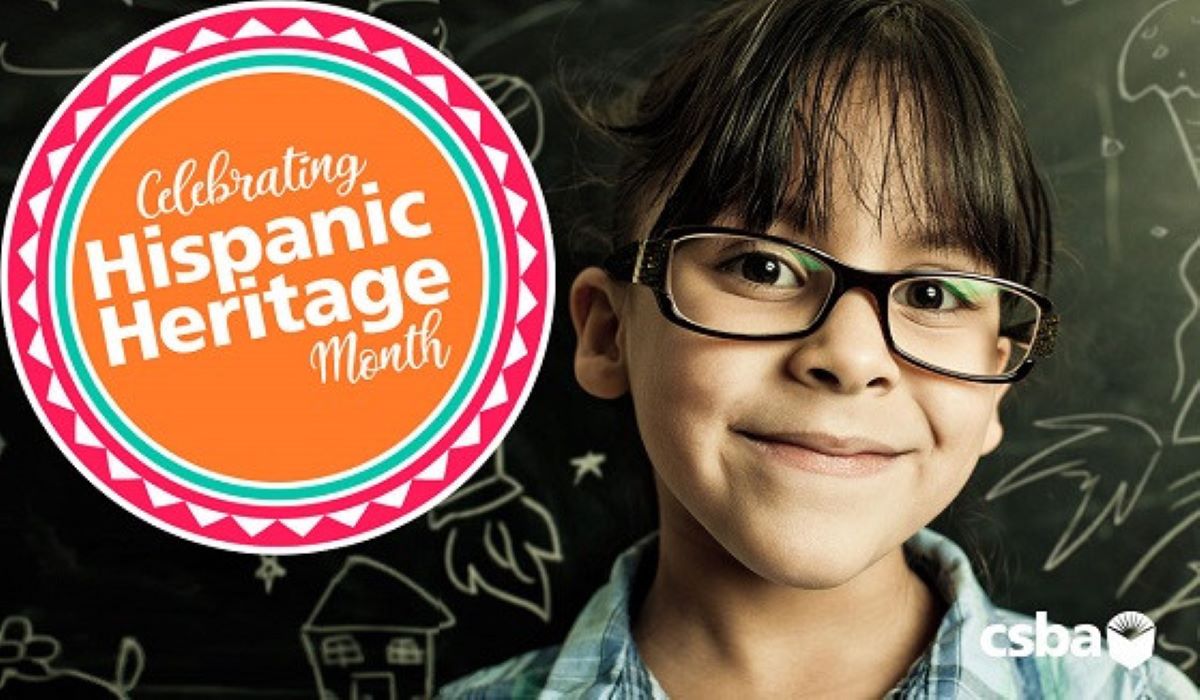California schools are making significant progress in providing dual language immersion pathways for students, chipping away at a lapse in programs from 1998–2016, when voters approved Proposition 227, requiring English-only instruction for all students in the state. This served to shut down most bilingual programs, though schools could still offer such classes to students whose parent signed a waiver. Following Prop 227’s passage, the proportion of English learners receiving bilingual instruction dropped from 30 percent to 8 percent statewide, according to the Legislative Analyst’s Office (LAO). Eighty-twp percent of the state’s English learners are from Spanish-speaking households.
Researchers have compared the academic trajectories of English learner (EL) students who participated in English-only programs versus those in dual language immersion programs, which offer “language learning and academic instruction for native speakers of English and native speakers of another language. The goals of dual language immersion programs are language proficiency and academic achievement in students’ first and second languages, and cross-cultural understanding,” according to the California Department of Education.
The LAO found that while English-only instruction students performed better on various measures and assessments by third grade, that achievement plateaus in later years. The dual language immersion students, however, show higher academic achievement and much higher rates of becoming English proficient then their peers instructed in English only, often outperforming their peers whose sole language is English by high school.
Progress, but still a long way to go
A May 2023 Century Foundation report found that California reported enrolling nearly 97,000 English learners in its dual language immersion programs in 2019–20. While this ranked second among all states for total EL enrollment (Texas enrolled nearly 201,000 ELs in dual language programs that year), it represented just 8.4 percent share of California’s more than 1 million ELs.
California’s share of ELs in dual language programs ranked behind Texas (19.6 percent), Alaska (15.9 percent), Wisconsin (14.1 percent), Illinois (14.0 percent) and New Jersey (8.8 percent). According to state data filed with the U.S. Department of Education, just short of 8 percent of all U.S. ELs were enrolled in dual language programs in 2019–20.
According to research from The Century Foundation (TCF), Texas is the state that best serves its EL students and prioritizes their enrollment in bilingual education, with more than 40 percent of this student population in some form of bilingual education. TCF Fellow and researcher Conor Williams said California could be serving that amount or higher, if it had not put the pause on bilingual education.
“The thing to learn from Texas is about the dangers of structural reform, meaning that California had its own bilingual education system too, and it took it apart,” Williams said. “And maybe the other thing that California could learn from Texas is that it’s possible to divorce language and education from broader political questions. In California, it seems that language and immigration have always been connected when it comes to politics. That strikes me as one of the advantages Texas has … that it was a fully bilingual place to a degree to begin with. My understanding of the demographics is, first of all, people in Texas will tell you that they have been there forever and that they in fact didn’t cross the border, the border crossed them. They have been English-Spanish bilingual communities, families, neighborhoods, [and] cities for 200 years.”
Another motivation for Texans to enroll ELs in dual immersion classes is financial — ELs enrolled in dual-language immersion programs generate an additional 5 percent in state funding for their district, for a total of 1.15 times the base per-pupil amount. Additionally, non-English learners enrolled in Texas dual-language schools also generate an extra 5 percent in state funding, ideally promoting the adoption of integrated two-way models.
Moving forward
California has made significant progress in providing information, policies and guidance over the last decade in the form of the State Seal of Biliteracy in 2012, the English Language Arts/English Language Development (ELA/ELD) Framework in 2014, the CA Education for a Global Economy Initiative in 2016, the English Learner Roadmap in 2017. In 2018, the state created Global CA 2030, a set of ambitious goals to expand and improve students’ access to languages other than English. However, policy and guidance like Global CA 2030 and EL Roadmap are visionary documents that local educational agencies are expected to implement without steady funding sources, supports or accountability.
That is beginning to change, though, thanks to the passage last month of Assembly Bill 2074, introduced by Assemblymembers Al Muratsuchi (D-Torrance) and David Alvarez (D-Chula Vista), which requires the California Department of Education to create a state implementation plan for the English Learner Roadmap with goals and a system to monitor whether those goals are met.
As California strives to best serve EL students, experts recommend investing more resources in launching more bilingual and dual-language programs, prioritizing EL enrollment in such programs, prioritizing bilingual teacher pathways in state teacher development programs, and building a transitional kindergarten workforce that reflects young students’ diversity.





